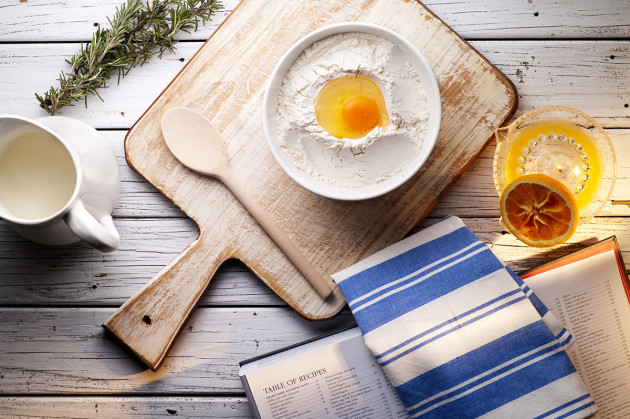Expert tips: Insiders' guide to advertising photography
The fast-moving world of advertising seems a million miles away from the slow methodical nature of studio photography. Rob Ditessa talks to two ad-pros about how they take attention-grabbing shots.
Advertising guru David Ogilvy famously said “Never stop testing, and your advertising will never stop improving.” It's a quote that speaks volumes for the changing world of advertising photography.
It's the power of the image that will make you stop and stare when flipping through a magazine, or catch your eye on a billboard, or make you pick up a brochure. To create an image that can do this, as well as make you get out your credit card afterwards, is perhaps the greatest challenge in advertising. And for the image-makers in the fast moving advertising game, this journey starts with questions.
Brisbane based advertising and commercial photographer Ross Eason starts his creative process by asking two simple questions: who is the photograph trying to appeal to, and what is the message? With that in hand, he begins to frame up a photograph.

Same same but different
In common language the terms advertising and commercial are often used loosely and interchangeably but as Eason points out it's important to distinguish them as although similar in aim they are tackled in different ways. In advertising, composition is usually dictated by the layout, where copy, a headline, photographs, or bylines will be inserted. Each is very important to the balance of the photograph. In a commercial shoot the photographer is left much more to their own devices to create a photograph that tells the story.
Team work
“As a photographer, you're part of a team, and you must take a collaborative team approach,” explains Eason. Other members of the team may include talent such as models, make-up artists, food stylists, product specialists, agency staff, and often the client themselves. “You might take a photo that works like a charm for you but the team can't use. The designer needs space for the elements of the layout and if you haven’t provided a composition that caters for them, it won’t work,” he says.
“The designer will have some set thoughts but will listen to other ideas. If you get involved early enough, and you can demonstrate the benefits of your ideas, the designer may modify the layout,” he says.
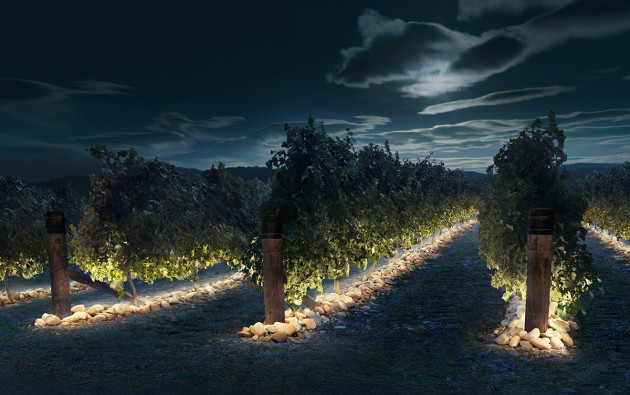
Pre-visualisation and planning
While the over-riding theme is set by the client and the art director, the photographer realises the concept and you should never presume what is in your mind’s eye is the same as that of the client.
Eason explains he must establish exactly what they want by asking questions and offering options, for example, to create different moods when photographing outdoors, by shooting in sunlight when everything is blue and saturated, or at dusk. He will show them photographs that display how different angles, lighting, and lenses would treat their product.
Planning and communication is equally important he says. “Make sure you get permissions and satisfy courtesies, for instance from the management of shopping centres, before shooting there. A successful advertising shoot is characterised by a higher degree of planning and co-ordination.”

Not just a pretty shot
Melbourne based photographer Adrian Lander has shot numerous successful high-end campaigns but enjoys advertising work because it is more conceptual. “There’s an idea behind it: It’s not just a pretty shot. That’s the main reason I’ve always tried to stick to advertising as opposed to editorial.”
Light puzzles
Lander describes himself as “pretty much a classical advertising photographer who uses modern tools.” He always works ‘through the lens’, and holds off before taking the final shot. He begins by putting just one light on the subject so he can focus on building up the shot step by step, and light by light. Everyone works differently, he reflects, but he likes to start at the beginning and put the image together like a big puzzle. To give the overall mood and feel, he may use the main key light, and then use silver card, or mirrors, or a variety of devices and blacks to control the lighting. After concentrating on the lighting, and once the camera is set, he will not change the set up much. Lighting is his main selling point and the aspect of advertising photography that excites him most. After he has taken the ‘safe’ shot, Lander begins to move around to shoot with a wider lens or a different perspective to the client’s idea, because it keeps everybody on their toes, and keeps the shoot interesting.
In giving away something of a trade secret, he explains how he uses torch lights, and that he has a whole stock of them. Usually when shooting something like a coffee cup, he will have a torch in his other hand to delicately manipulate the light. It works well, as the light is a little warmer and it means everything is uniquely lit. “Soft boxes are banned!” he adds, laughing.
Ross Eason concentrates on getting the angle right and creating drama by spending time shaping light. “It is very easy but ineffective to buy a big light and use it to throw light at something,” he says. He never uses the camera flash, other than for a public relations shoot. “You have to control light and shape it to what you want it to do. If you do that you are starting to head in the right direction,” he believes.
Unusually, Eason works hard on deliberately introducing shadow. While it's extremely easy to use High Dynamic Range for lighting effects, Eason says he does the reverse. “I rarely use HDR. I use lights, I create highlights, I create shadows and in doing that you create contrast and impact in the photograph.”
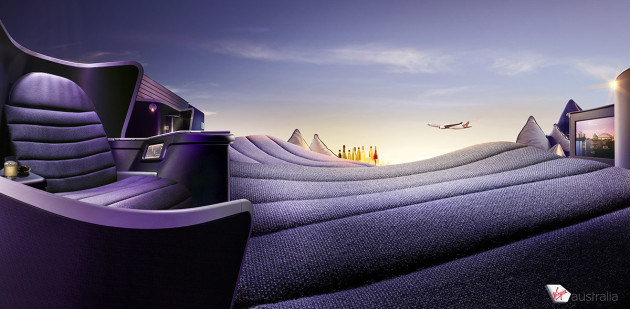
Happy clients, happy photographer
During his lighting set-up, sometimes clients will remark to Lander about the poor lighting. He likes to educate them about the process. Would he prefer his clients to be absent? No, he quite likes them to be present, and the pressure of their scrutiny.
“Obviously at the start of a session when I’m trying out different techniques, and the creative director and art directors are coming through with clients and explaining what I’m doing, it’s a bit of process. But then things start coming together, and everything just falls into place,” says Lander.
Eason explains the process to a client if they are on the shoot by using a CamRanger wireless tethering system, a Wi-Fi interface between the camera and iPad. He has complete control over the camera from the iPad, and he can also preview the image in high resolution. As Eason is composing a shot, and while the client is viewing it, he can zoom in or out, alter the angle, or refine the lighting to match the client’s vision. “When the client is not there, and if you do not have that vision 100 percent clarified beforehand, you’ve got a good chance of coming unstuck on the shoot,” he cautions.
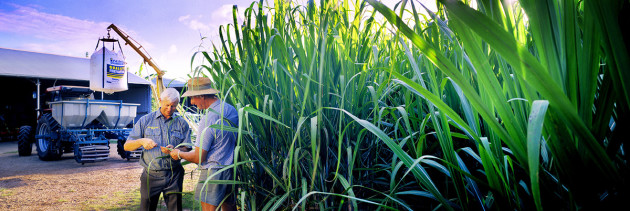
Tools of the trade
“Ten years ago on an assignment I would take a station wagon full of equipment,” says Eason. “Today I travel much lighter but create the same results.” It's a matter of doing your homework beforehand. “I always carry backups for everything, so if anything fails I will come up with a result for the client, regardless of the circumstance.” he adds.
Eason's kit includes a Nikon D3, D4, and D800, and various lenses. The 14-24 mm f/2.8 he describes as a beautiful lens for interiors. Elinchrom, Profoto, and especially the Profoto B2 make up his favourite lighting equipment. Tripods are a must to avoid camera movement. He uses the CamRanger remote control in ninety percent of his work. Spotlights and Opal acrylic reflectors are included in the kit but he hardly ever uses filters. “My favourite item of equipment is my eye because it is not automated,” he says. “It is trained to look and see.”
To bring his ideas to life, Adrian Lander includes in his kit an Arca-Swiss plate camera with an 80 Megapixel Phase One camera back that he brings out when he has time. “Using it makes for a slower process. It's like shooting film, with a dark cloth, and you have to slide the back across so you can see through the camera, and it's upside down as well. You have to be in the right frame of mind to use it, but it takes me back to London when I got a taste for high-end photography, shooting ten by eight and sheet film.” he says. The back is also suitable for use with his Hasselblad body.
His Canon 1DX, he explains, makes anything in an image look pretty good, and from time to time he toys with a Hasselblad XPan camera. Intriguingly, the camera he nominates as his favourite is the Fuji X100T because its lens gives images a 'filmic' quality. It's a consequence he suggests of the company’s long history in making film, and their effort in developing different profiles for the camera. Its time-lapse intervalometer is an asset he uses often.
“You need to work the images a bit. The RAW is just a little bit more stripped back. I guess they are in the Canon too, but there’s something about it that I really like. I don’t use it for high-end work but I’ll always have it in my kit bag, and when I’m in the mood I’ll take it on my holidays.”
In lenses, he shoots standard most of the time. “I don’t particularly like that wide look. The other reason I use the Arca is that I have a 45mm lens which is so different to anything, and it just gives everything a lot of depth and perspective, which you always try to bring into a picture.”
His favourite lens for the Canon is a Zeiss 50mm macro because you get a super sharp image from very close but at a distance too. A Zeiss 21mm is another lens he favours. “I’ve ditched my zoom, and I’ve never ever been into zoom. However, I’ve just bought the 24-35mm Sigma which is changing my mind about the lens. These are my main three lenses for the Canon, and as well I have a 45mm tilt shift, and a 90mm tilt shift.”
In lighting, Lander’s preference is for a mix of constant and flash. In a scene with a static subject, he uses a powerful HMI daylight balance film light on the background in order to achieve depth. To control the lighting on the subject he uses a Profoto Flash, and light shapers including mirrors, torches, an LED, strip lights, and silver or gold cards. “The mirrors are just a great way to control the light on a subject. I usually work in a fairly darkish studio with one mirror bouncing the light off one and then another so that the light ricochets around the set.”
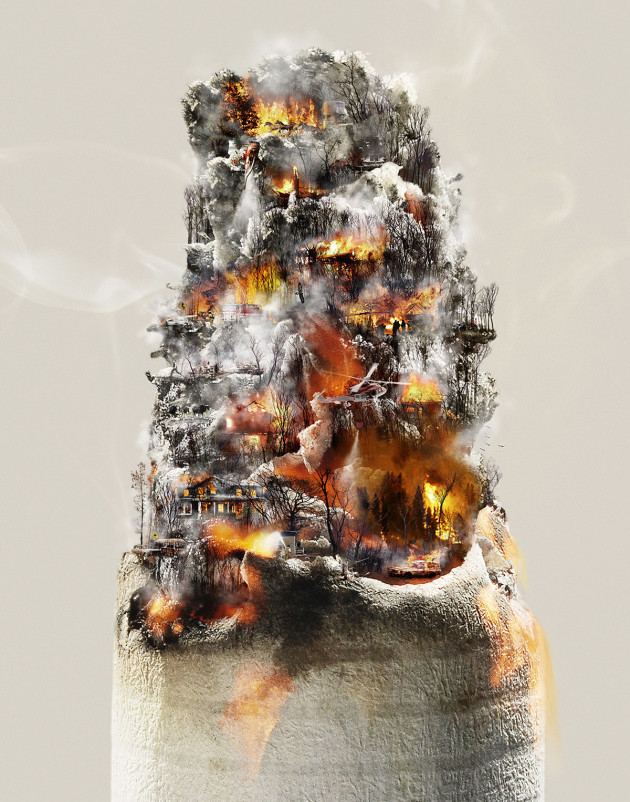
Post-production
In post, Eason explains everything comes in via Photo Mechanic with full metadata at that time, and as he only shoots RAW, images flow from Photo Mechanic to Adobe RAW into Photoshop. He does the bulk of his own post-production work, only outsourcing some of the more mundane work, such as deep etching, or clipping paths to provide the elements that he wants.
“But bringing it together with mood and style, I prefer to do that myself with my wife assisting as she’s got a very good eye. I prefer to control those finer points because I want to know that what I’m producing is exactly what I’ve got in my mind’s eye.”
Lander prefers to scrutinise each image, colour correct and work on it himself. “I do use Lightroom a little bit. When novices ask what to use, I point them to Lightroom because I think that it’s got everything they need for their work. I try to do as much as I can in Capture One, and avoid Photoshop if possible. Most of my re-touching is done in-house but the data management is a real pain.”
6 TIPS: HOW TO SHOOT GREAT AD IMAGES
1. Begin with just one light, tungsten light is an ideal way to start: It's affordable, and you can see what you are doing once you set your lighting balance to tungsten. – Adrian Lander
2. You can use any number of things to reflect light onto your subject, even bits of cardboard, to control the lighting. – Adrian Lander
3. Stick to a standard lens, and to make the shot more interesting, shoot at a wider aperture. – Adrian Lander
4. Identify exactly what you want the viewer to become aware of first, and what you want the viewer to understand about the subject. - Ross Eason
5. Work with the client to ensure you achieve the right message and actualise the client’s vision. It's the operator, the homework, and the crucial communication with the client that makes for a successful shoot. - Ross Eason
6. Become a member of the AIPP, which supports the profession at all levels. “Respect the profession. Seek out education. Work with the profession rather than against it. I’ve dedicated the last 15 years to my profession to make sure that it is viable for everybody moving forward. It’s the main thing I would leave you with.” - Ross Eason
